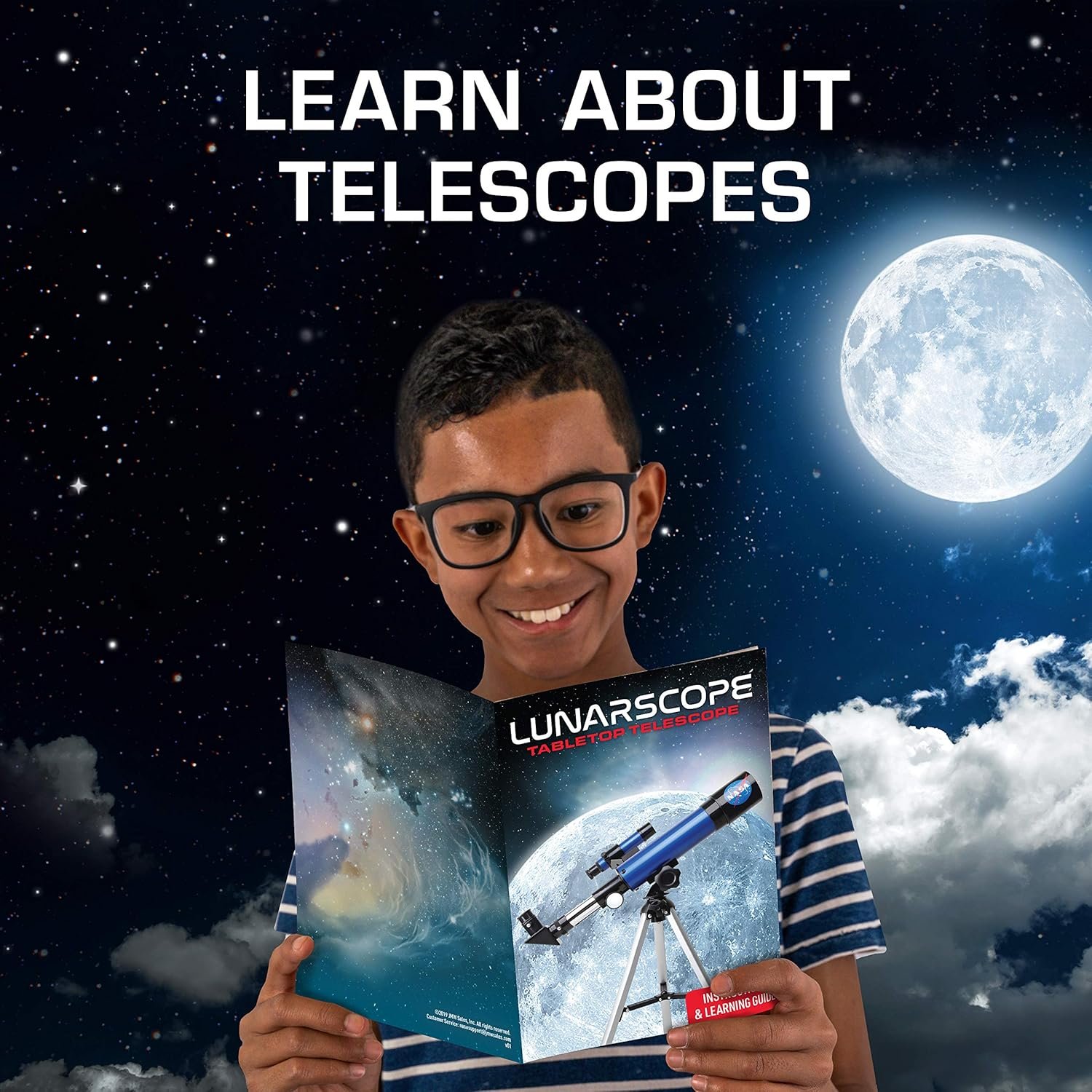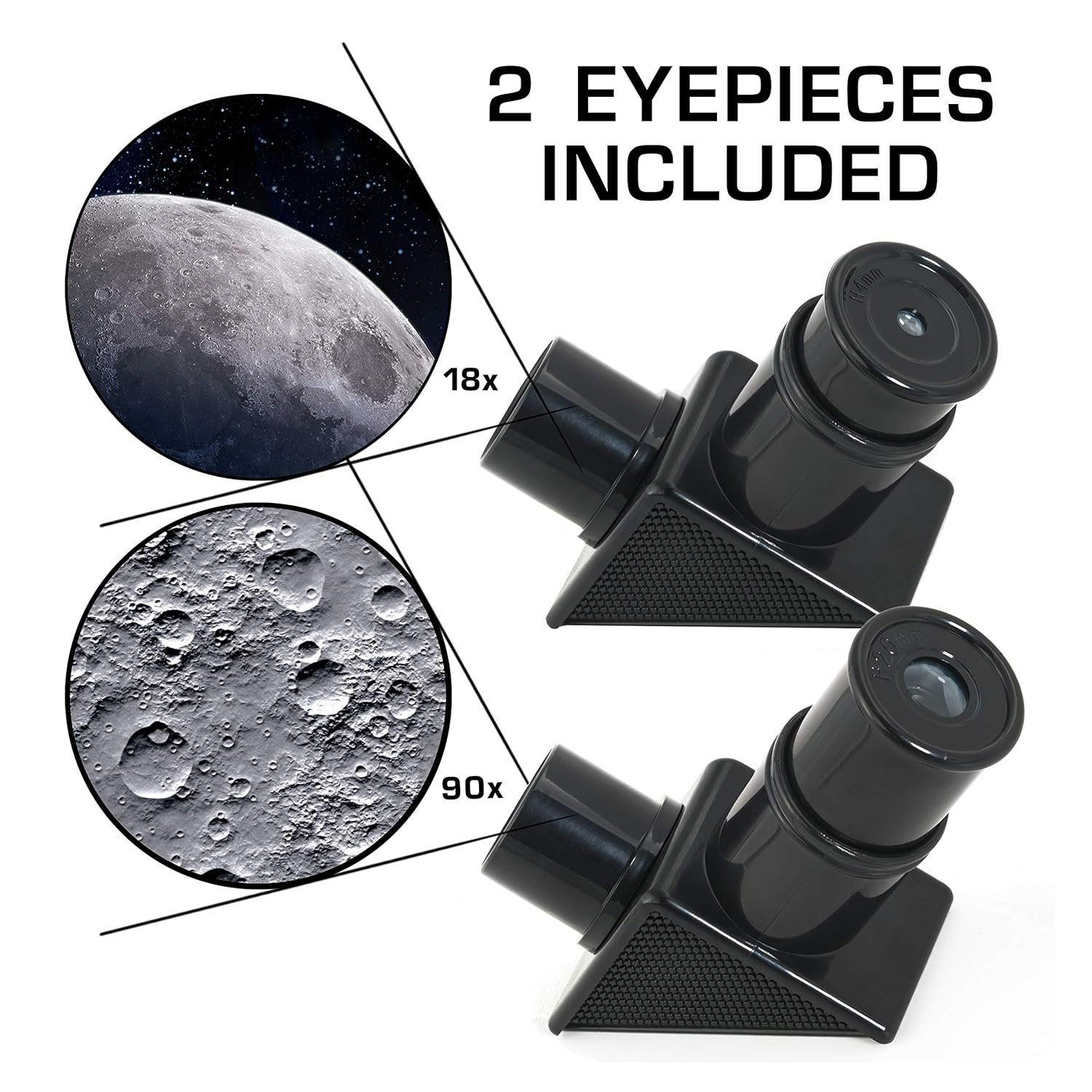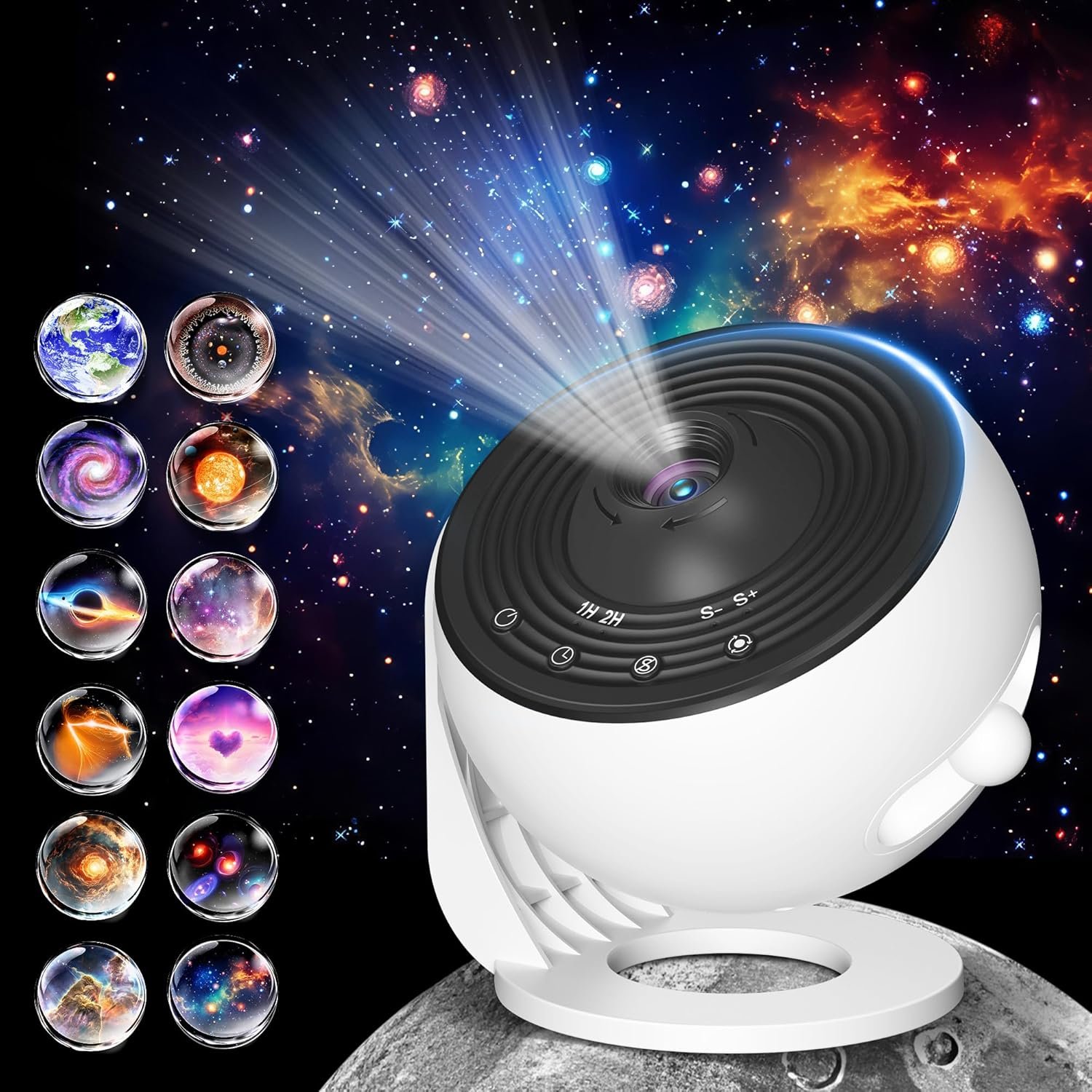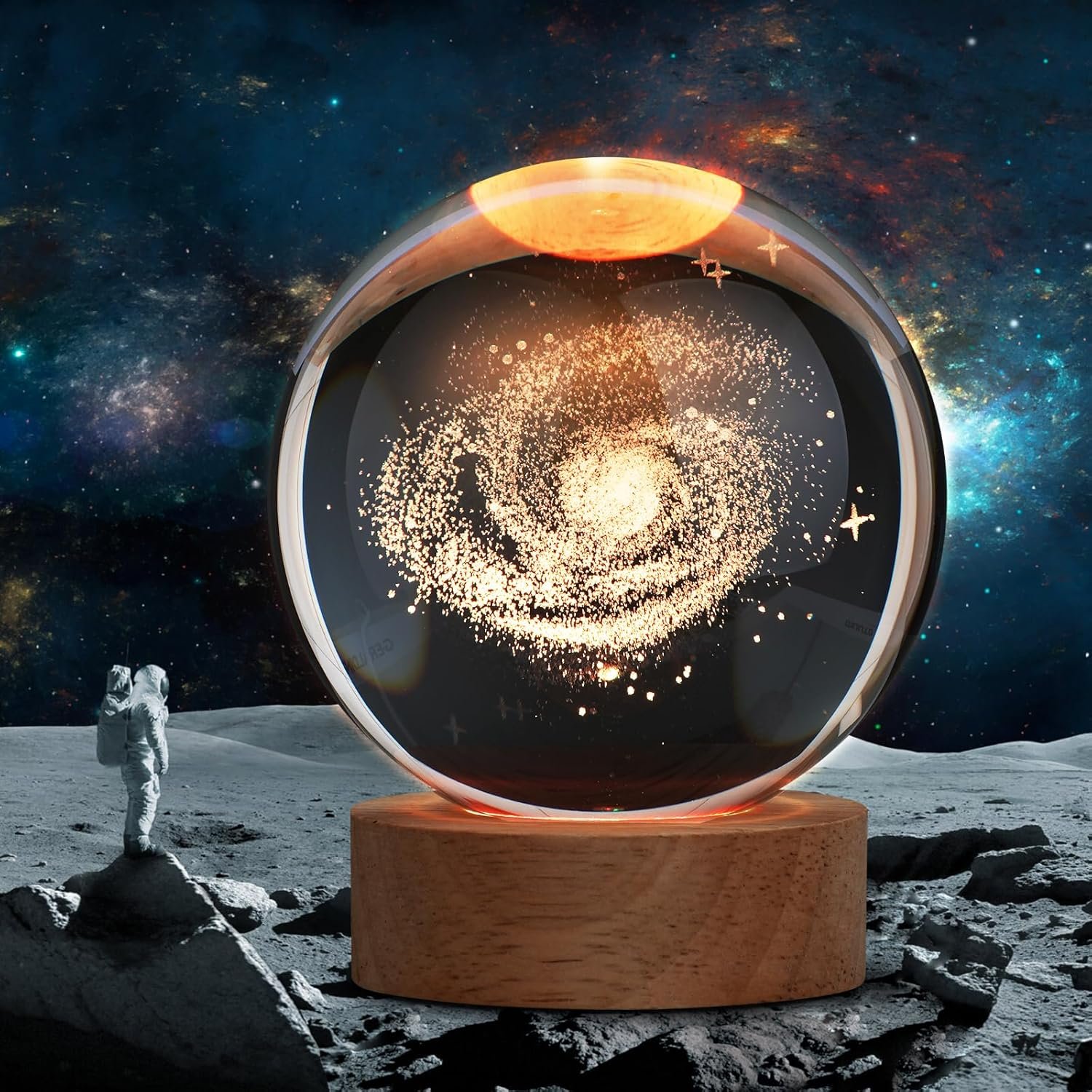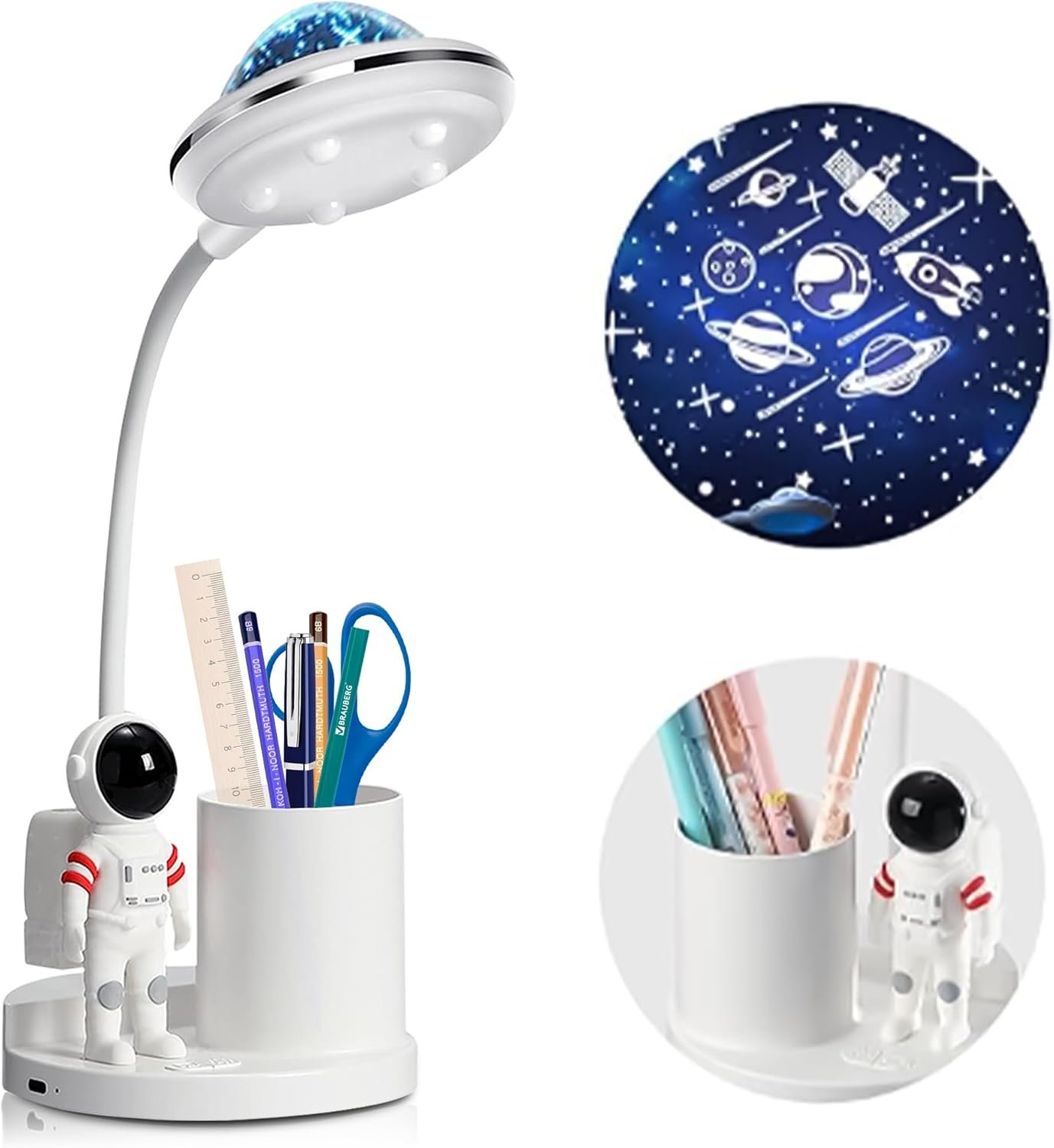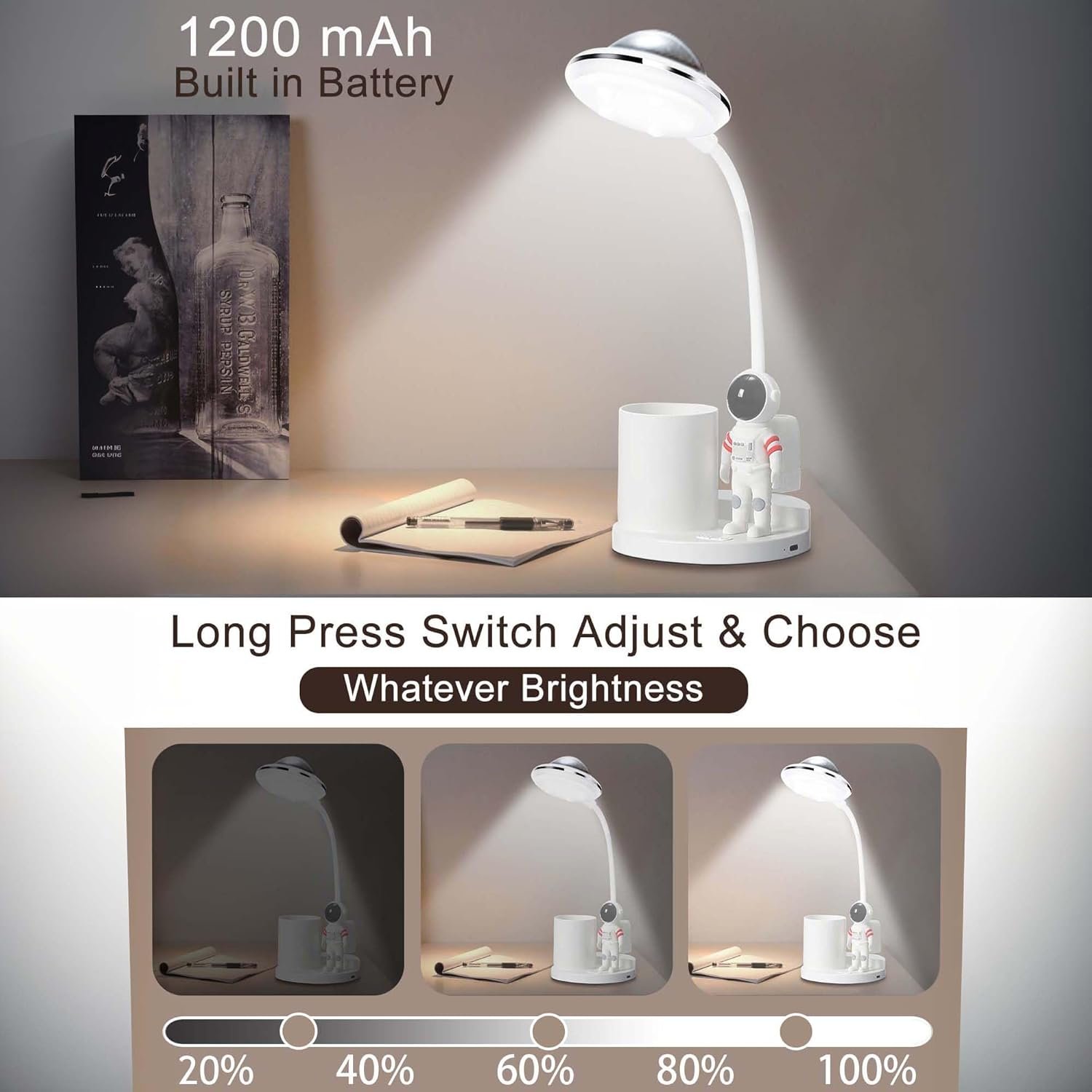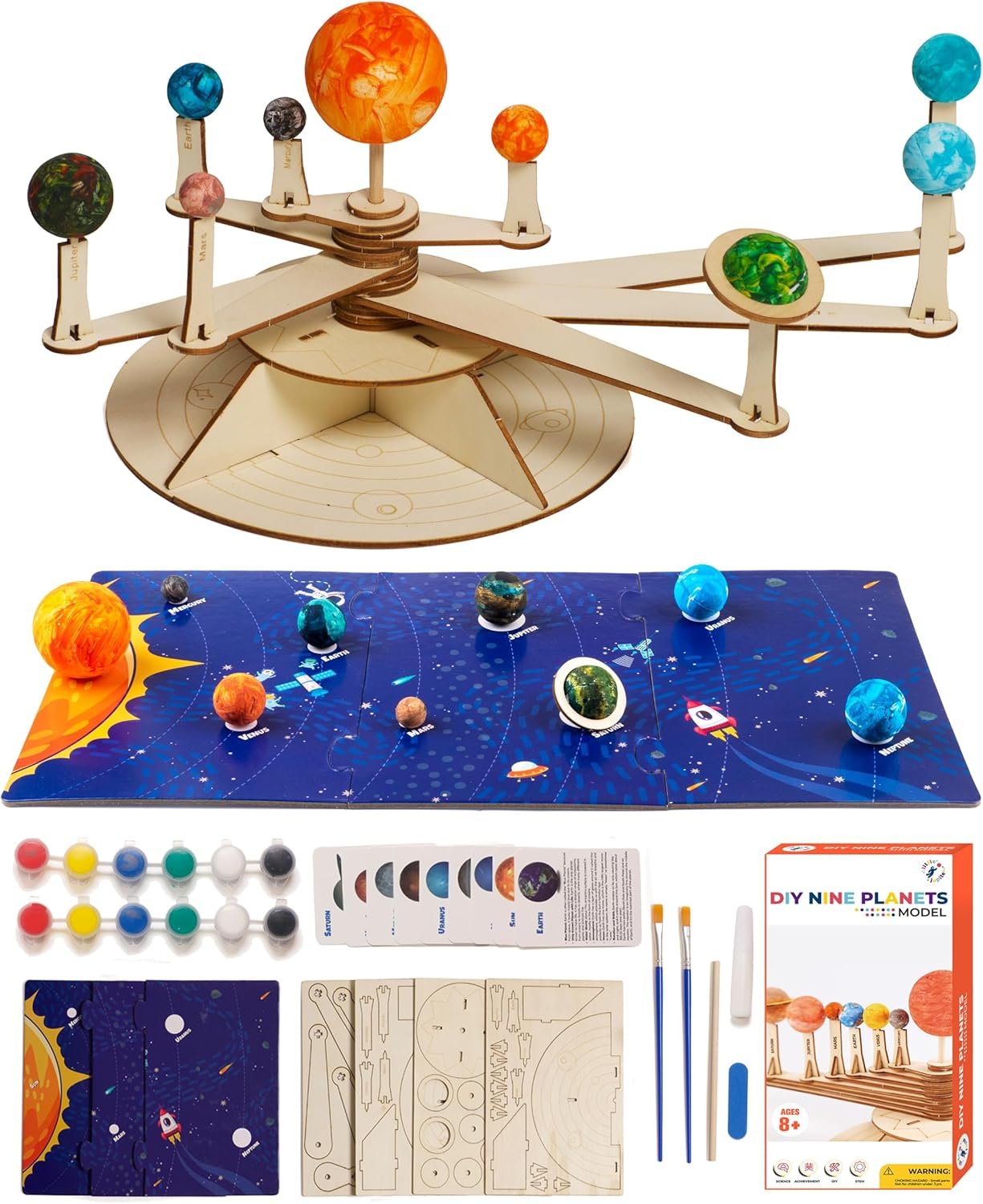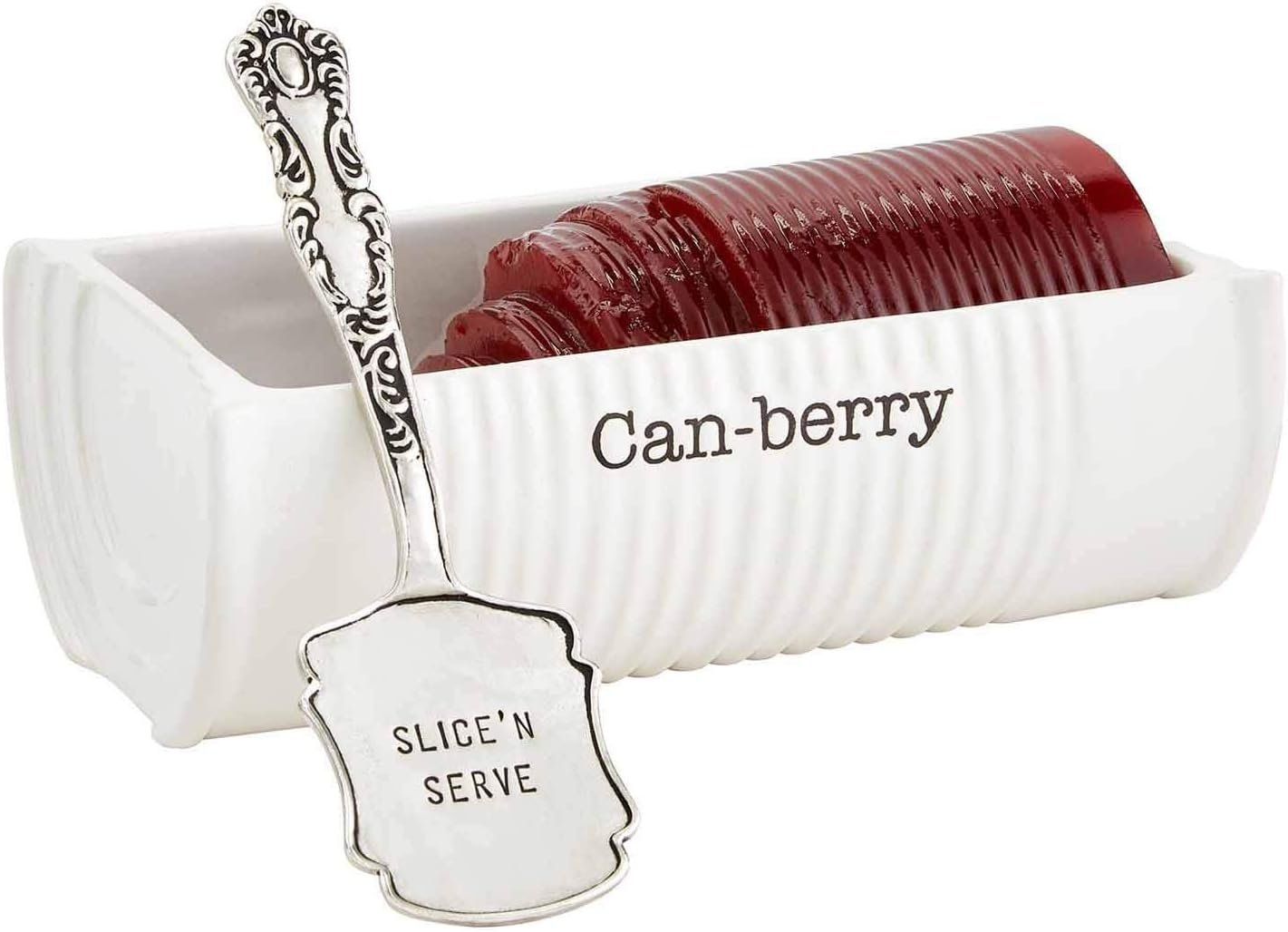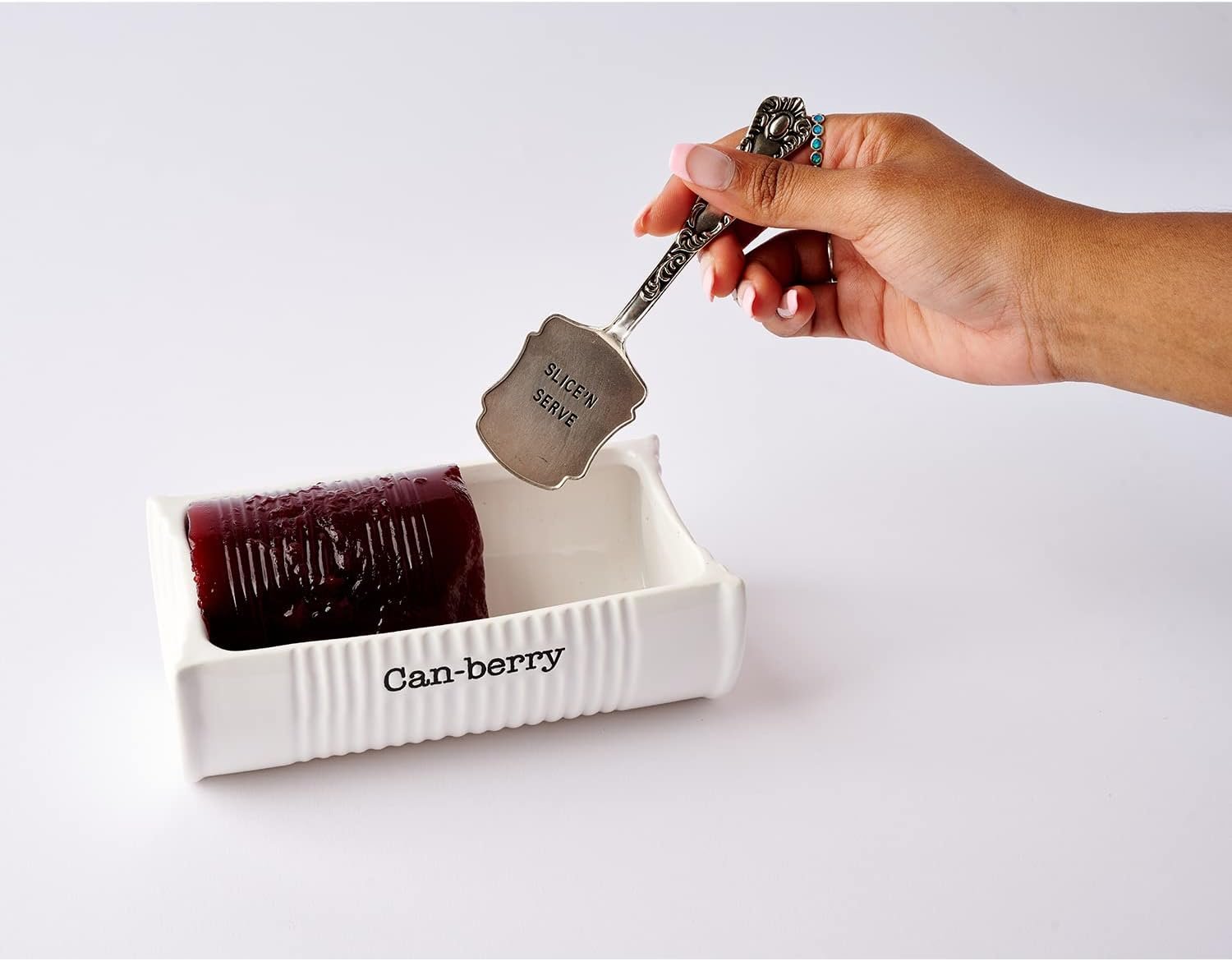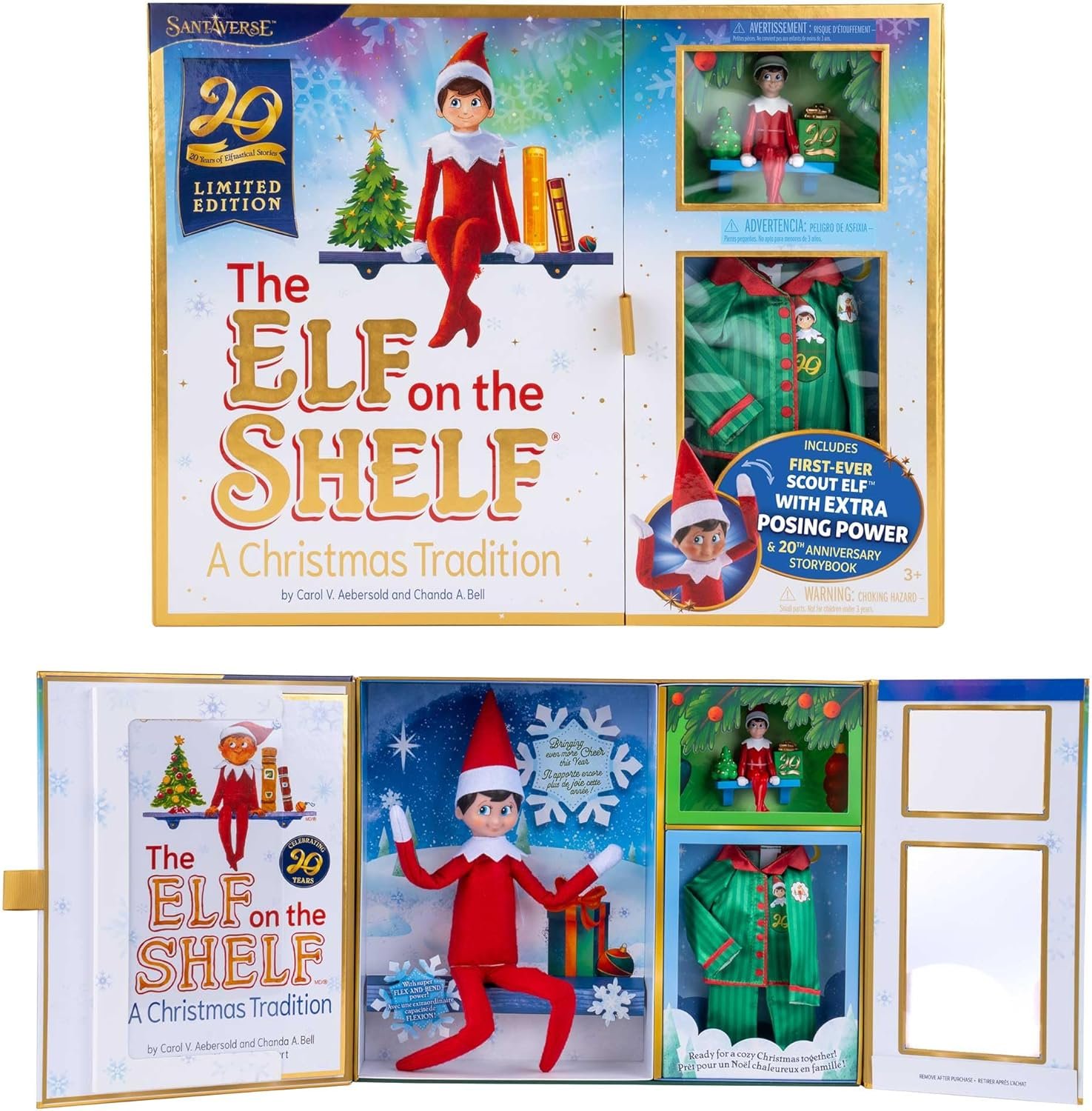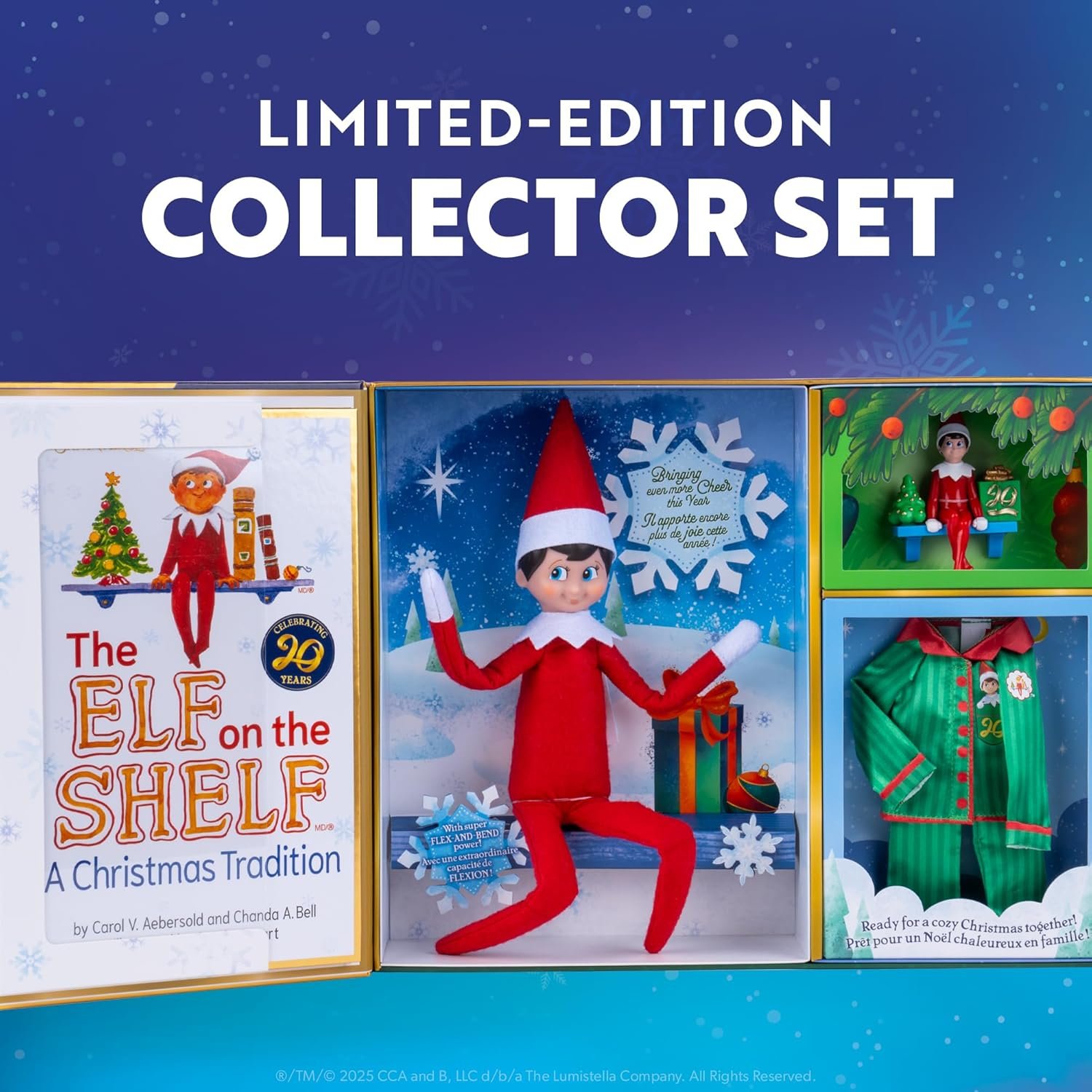NASA Lunar Telescope for Kids – 90x Magnification, Includes Two Eyepieces, Tabletop Tripod, and Finder Scope- Kids Telescope for Astronomy Beginners, Space Toys, NASA Gifts (Amazon Exclusive)
If you’ve ever stood on your porch with a child who insists the moon is only “a giant cookie” and felt completely unqualified to argue otherwise, this is the tool that will save you from embarrassment and possibly from becoming the household’s permanent moon-myth dispensary. The NASA Lunar Telescope for Kids gives you—yes, you—the power to point, focus, and impress. It’s uncomplicated enough for a seven-year-old to use after a minute of instruction, and sturdy enough that your clumsy cousin can’t break it while attempting to take a photo through the eyepiece.
What this telescope actually does for you
You’ll be able to show the moon in incredible detail. Craters will stop being vague shadows and become landscapes you can name (or at least try to name with confidence). The 90x magnification brings the lunar surface to life, and the two included eyepieces—low power for finding and framing, high power for zooming in—make locating and studying features straightforward. The finder scope helps you aim without posture that suggests you’re trying to peer into the neighbor’s backyard.
This isn’t a complex astronomy system meant to make you read a manual the size of a short novel. It’s engineered so that you can assemble it with a screwdriver and a mildly indemnified child by your side. It’s the kind of gift that turns a bedtime story into an actual lesson, where you both stare up, make noise, and come away feeling slightly smarter.
Features that matter to you
- 90x magnification: Close enough to see lunar topography without needing a PhD in Optical Things.
- Two eyepieces included: One low-power for locating the moon; one high-power for detailed observation.
- Finder scope: A small, helpful guide so you don’t spend twenty minutes pointing the telescope at the wrong planet (or at an unfortunate squirrel).
- Tabletop tripod: Compact, stable, and ready for patios, porches, kitchen tables, or that shelf that also holds old cookbooks.
- Smooth mount system: Allows easy panning across the lunar surface without producing the kind of jerky motion that suggests you’re performing a complicated ritual.
- Kid-friendly design: Simple assembly, intuitive use—ideal for beginners and family nights.
What’s included
You’ll receive the telescope body, two eyepieces (low and high power), a finder scope, and a tabletop tripod. Everything packs together in a way that feels intentional rather than hastily thrown into a box. The package also includes straightforward instructions that actually make sense. And because this is an educational product backed by good service, if your experience isn’t stellar, the brand promises to make it right.
Product specifications
| Specification | Details |
|---|---|
| Magnification | Up to 90x |
| Eyepieces | Two included (low-power and high-power) |
| Tripod | Tabletop tripod included |
| Finder scope | Included for easy targeting |
| Mount | Smooth mount system for steady scanning |
| Ideal for | Beginners, kids, family use |
| Educational value | Designed to inspire curiosity and learning |
| Availability | Amazon Exclusive |
How you’ll use it (without feeling foolish)
You set the tripod on a stable surface, attach the telescope, clip the finder scope in place, and screw in an eyepiece. Aim the finder scope toward the moon—this part is embarrassingly simple—and once the moon is in the finder you switch to the main eyepiece and adjust focus. The mount’s smooth motion means you won’t be making tiny adjustments that feel like defusing a bomb. If you have a child with fingers that seem destined to magnetically attract dirt, you’ll appreciate that the setup doesn’t require delicate hands.
If you want to try to photograph through it with your phone, you can attempt a few amateur shots. They’ll look charming, slightly grainy, and entirely frameable—precisely the kind of evidence that proves you were once an educator to a small, demanding audience.
Who this is perfect for
- Parents buying their first telescope for curious kids.
- Gift-givers hunting for a space-themed present that’s both educational and fun.
- Teachers looking for a simple, hands-on tool for classroom astronomy sessions.
- Anyone who enjoys nights outside, streetlight-free neighborhoods, or apologizing to the cat for shining flashlights in its face.
A short, honest story about using it
You’ll probably be tempted to use this as an opportunity to impress. The first time you assemble the telescope, a child will watch you as if you’re conducting an elaborate magic trick. You’ll make confident pronouncements about Mare Imbrium and the Sea of Tranquility, which you may have learned about once and forgotten almost immediately. Then the telescope will work perfectly, the moon will float into focus, and for a moment both of you will be silent, which is rare and glorious. The child will declare, with absolute certainty, that you are now an expert. The feeling will last about an hour, until someone suggests using the telescope to check whether the dog buried a shoe in the yard.
Care and maintenance
Keep the optics covered when not in use. Use a lens brush or soft cloth for cleaning—no kitchen towels or napkins, please. Store the telescope in a cool, dry place. The tabletop tripod is robust, but don’t use it as a stool. It will not appreciate being sat upon, and neither will your dignity if you fall.
Service and support
The brand is proud of its educational toys and stands behind its products with exceptional service. If something goes wrong, they’ll work to make it right. That line is there for a reason: even the best telescopes occasionally suffer from small defects or missing screws. If you encounter a problem, contact support and expect swift assistance.
Ready to give someone a new kind of evening
This NASA Lunar Telescope for Kids lets you take the whole family outside, tilt a simple instrument toward the night, and let the moon do most of the talking. You’ll watch a child go from “what’s that white circle?” to “I can see the craters!” in one evening. And you’ll do it without fuss, without pretension, and mostly without needing to read a manual front-to-back.
Add it to your cart and prepare to spend a few nights pointing out the obvious, then pretending you planned it that way.
NASA Lunar Telescope for Kids – 90x Magnification, Includes Two Eyepieces, Tabletop Tripod, and Finder Scope- Kids Telescope for Astronomy Beginners, Space Toys, NASA Gifts (Amazon Exclusive)
$44.99 In Stock
NASA Lunar Telescope for Kids – 90x Magnification, Includes Two Eyepieces, Tabletop Tripod, and Finder Scope- Kids Telescope for Astronomy Beginners, Space Toys, NASA Gifts (Amazon Exclusive)
You probably remember the first time you looked up and felt small in a way that wasn’t embarrassing but was oddly comforting. This telescope is a ticket back to that feeling, except it fits on a kitchen table and doesn’t require you to stand on a lawn in freezing pajamas at three in the morning. The NASA Lunar Telescope for Kids gives you the moon as if someone had handed you a black-and-white postcard and then added an HD filter.
You will love how easy it is to use. There’s no midnight fumbling with complicated knobs that make you feel like you should have been born an engineer. The set includes two eyepieces (low power for hunting the moon, high power for a closer look at craters), a finder scope that behaves like a polite, slightly bossy tour guide, and a tabletop tripod that steadies the view without demanding an altar of sacrifices. The smooth mount system lets you glide across the lunar landscape the same way your mind slides from wonder to mildly obsessive cataloging of crater shapes.
Why This Telescope Fits Your Life
You don’t have to be an astronomer to appreciate a clear view of the moon. Parents, guardians, or anyone trying to coax a child into prolonged engagement with something other than a glowing screen will find this telescope very forgiving. It’s the sort of thing you can assemble in a few minutes, hand to a kid, and then watch as they decide the crater Tycho is a villain in a space soap opera. You’ll find yourself borrowing it when they’re done.
The optics use quality glass, and the finder scope makes finding the moon shockingly simple. You align the finder scope, point the telescope generally where the moon is, and the moon shows up like a punctual guest who always brings snacks. With the low-power eyepiece, you’ll be content and charmed. Switch to the high-power eyepiece and you’ll be peering at the moon’s scarred surface as if the heavens had suddenly gotten into engraving.
What You Get
- NASA-branded lunar telescope with 90x magnification capability
- Two eyepieces: low-power for locating celestial targets and high-power for close-up lunar observation
- Finder scope to guide your aim without curses
- Tabletop tripod that steadies the unit on a porch table, desk, or picnic bench
- Smooth mounting system for fluid panning and tracking
- Easy assembly and user-friendly controls, designed for beginners and young scientists
How It Works (Without Lectures)
You point it. The finder scope helps you point more accurately. You look through the eyepiece. If you want to get fancy, you adjust the mount and try to follow the moon as it slowly rolls across the sky; it’s a gentle lesson in patience and gravity that doesn’t require math. The two eyepieces let you start wide and gentle, then zoom in when you’re ready for details. Don’t worry if your first evening is full of giggles and misaligned views — that’s part of the initiation. By the second night you’ll be explaining lunar mare to someone like it’s your day job.
Perfect for Beginners and Family Time
This is not a single-use novelty. It’s an invitation for family interaction, for late-night stories about astronauts who probably had worse hair than anyone you know, and for quiet moments that feel heroic because they involve telescopes. Kids will get a hands-on lesson in observational science. You’ll get to be the person who hands them a tool and watches their curiosity go to work. The product is intentionally simple: no intimidating manual, no parts that require a degree in patience management.
If you have a child who announces their intent to be an astronaut and then forgets they would need to study, this telescope is a gentle reminder of why they loved the moon in the first place. Also, it’s genuinely fun for adults who still enjoy pretending they understand orbital mechanics.
Product Specs
| Specification | Details |
|---|---|
| Magnification | Up to 90x |
| Eyepieces | Two (Low-power and High-power) |
| Finder Scope | Included |
| Tripod | Tabletop tripod for steady viewing |
| Mount System | Smooth mounting for easy panning |
| Optical Quality | High-quality optical glass |
| Target Audience | Beginners, kids, families, educational gifting |
| Brand/Availability | NASA-branded, Amazon Exclusive |
Care, Setup, and Use Tips
- Assemble on a flat, stable surface. You don’t need a ceremony, just a clean table and better lighting than a single candle.
- Align the finder scope during daylight if you can. It makes the first night much less dramatic in the way a sitcom rerun is less dramatic than an unexpected plot twist.
- Start with the low-power eyepiece to center the moon, then swap to high power for close-ups. It’s like zooming on a map without the tiny animated pin.
- Store the unit in a dry place. Humidity will not improve the moon’s fashion sense.
- If you’re gifting this, include a late-night mug and a blanket. Stargazing pairs well with hot beverages and minimal complaining about cold toes.
Quality and Support
The brand positions this as a high-quality educational toy, and their support is there if things don’t go according to plan. If a part arrives defective or assembly feels like a puzzle box from a forgotten holiday, their customer service will help you sort it out. You should expect courtesy — and possibly a small dose of humanity in the exchange, which is always preferable to automated indifference.
Who Should Buy It
You should buy this if you want to encourage a child’s curiosity without turning the living room into a laboratory. You should buy it if you like the idea of a simple, charming device that prompts stories, questions, and a sense of wonder that doesn’t require a subscription. You should buy it if you ever wished the moon could be a little closer.
If you are the kind of person who reads reviews and then imagines elaborate setups of thousands of dollars, this probably isn’t a replacement for pro-grade telescopes. But if you want an accessible, well-made instrument that puts the moon within comfortable reach and makes learning feel like an adventure rather than homework, this fits the bill.
You will get nights of shared wonder, a practical tool for learning, and a gift that doesn’t end up in the back of a closet. It’s small, manageable, and full of sky-sized possibility — and if you’re anything like the people who end up in these stories, you’ll soon find yourself naming craters and making up elaborate family lore about each one. That alone is worth the price.



